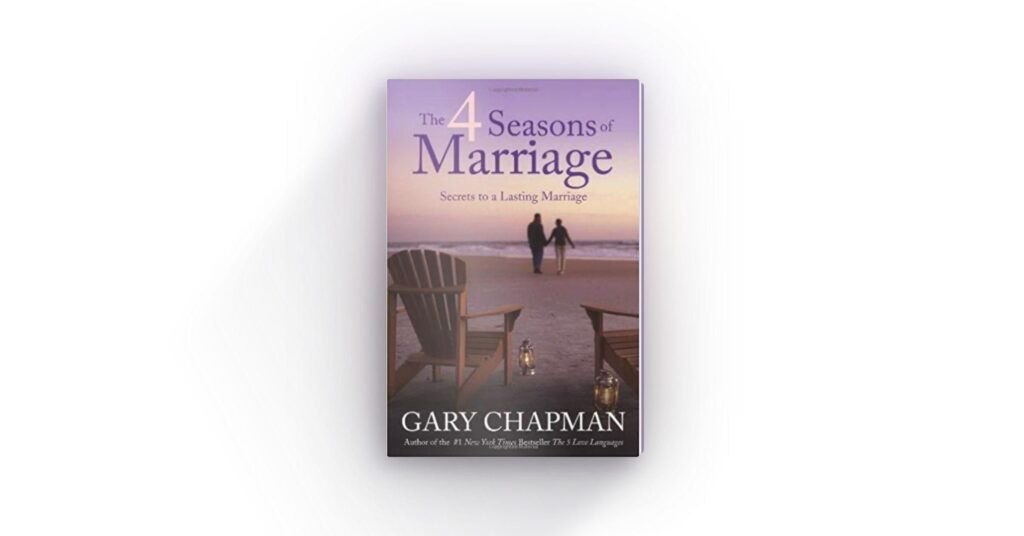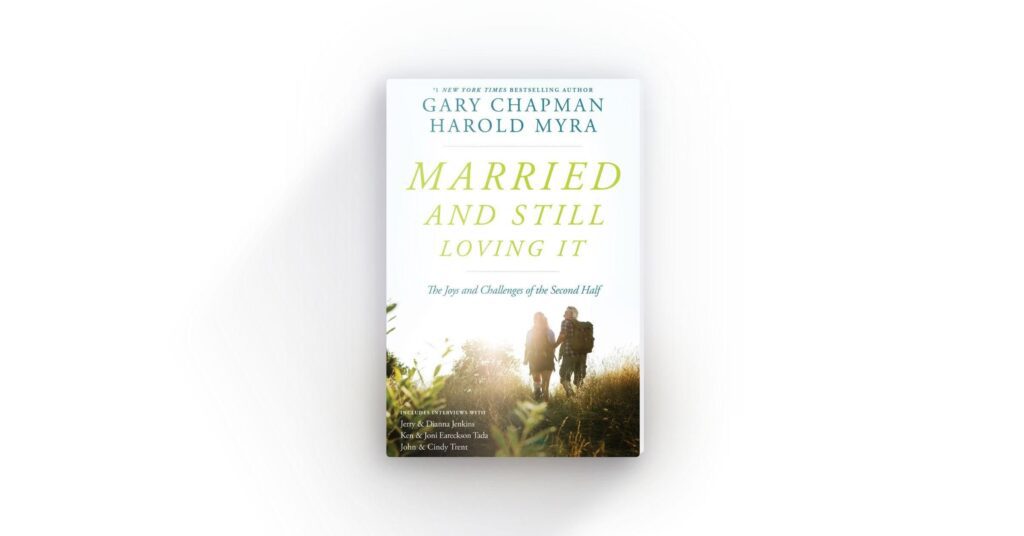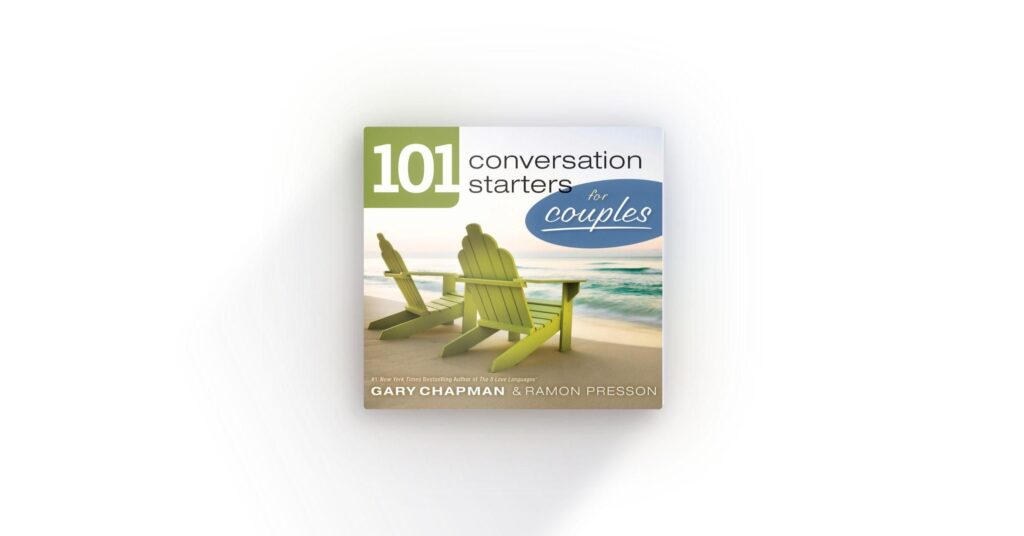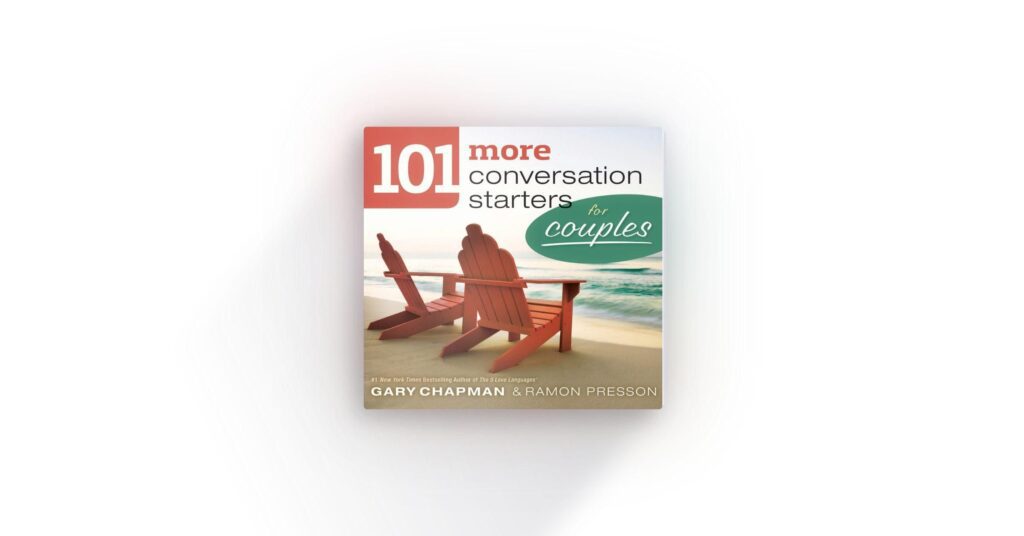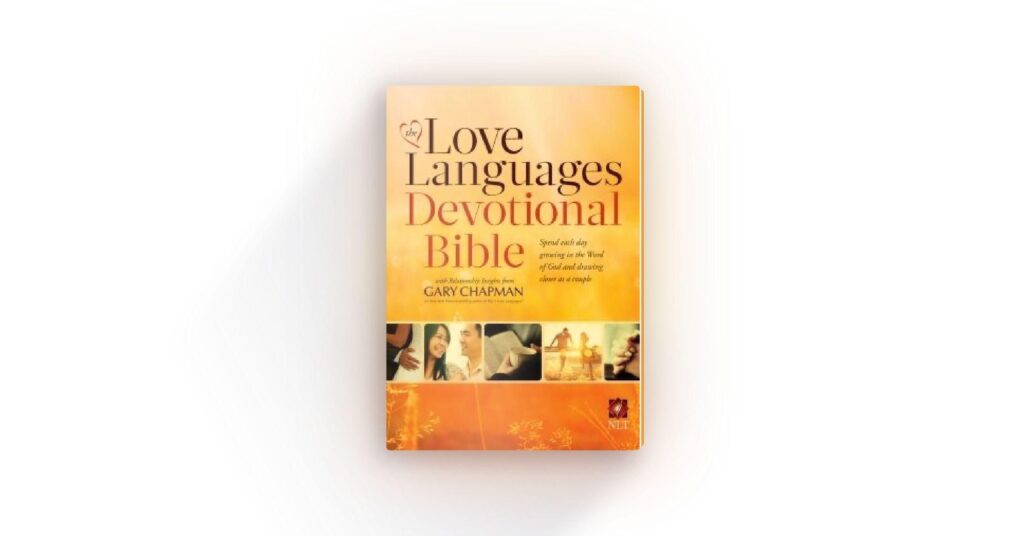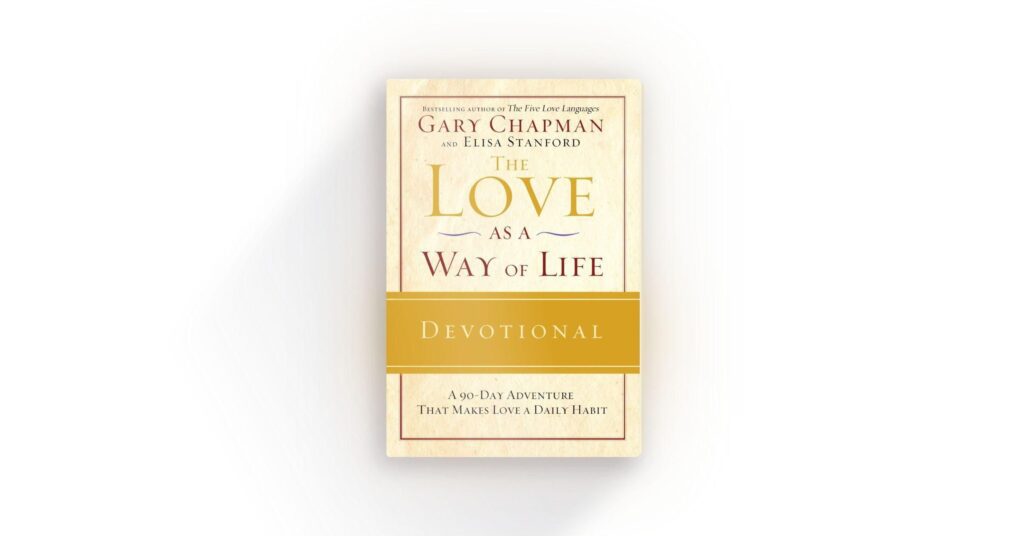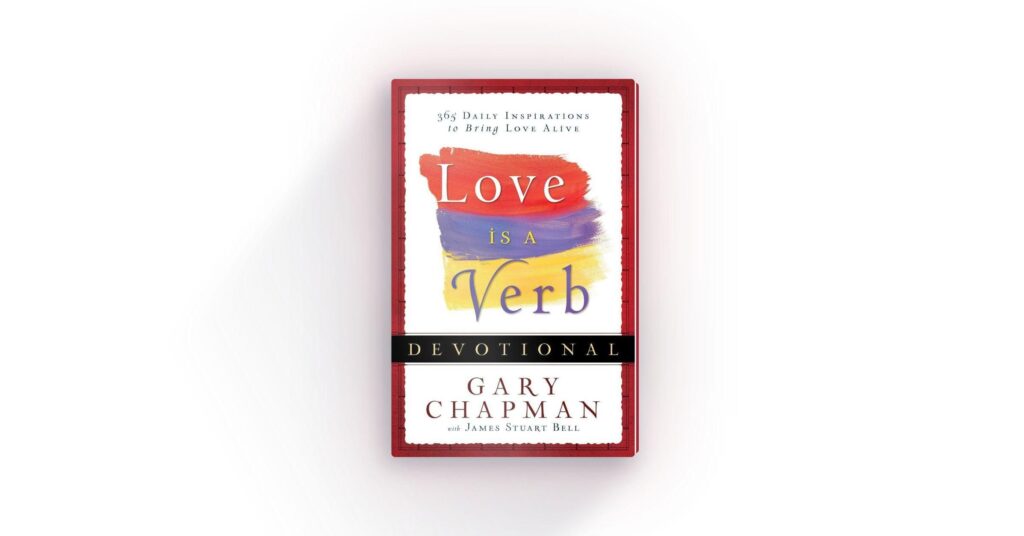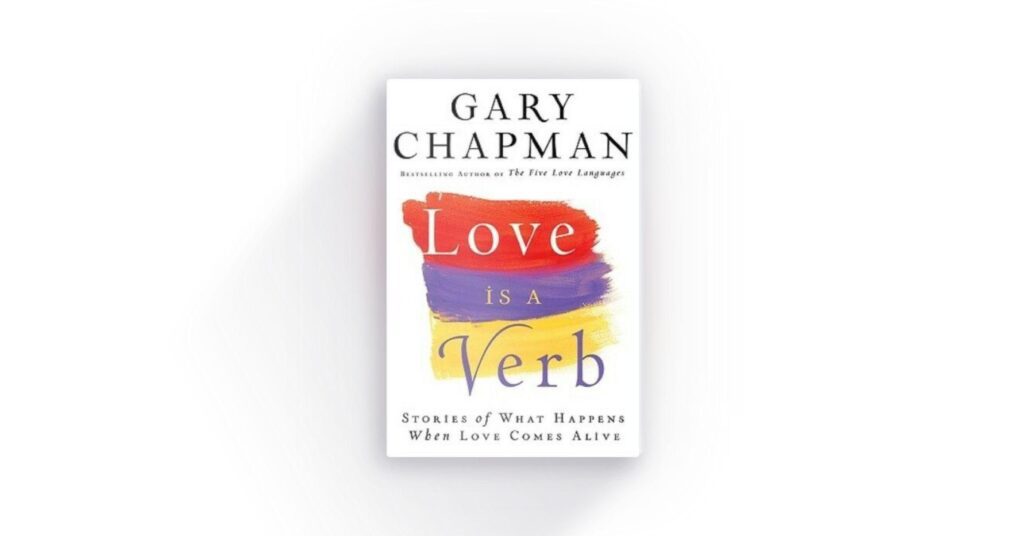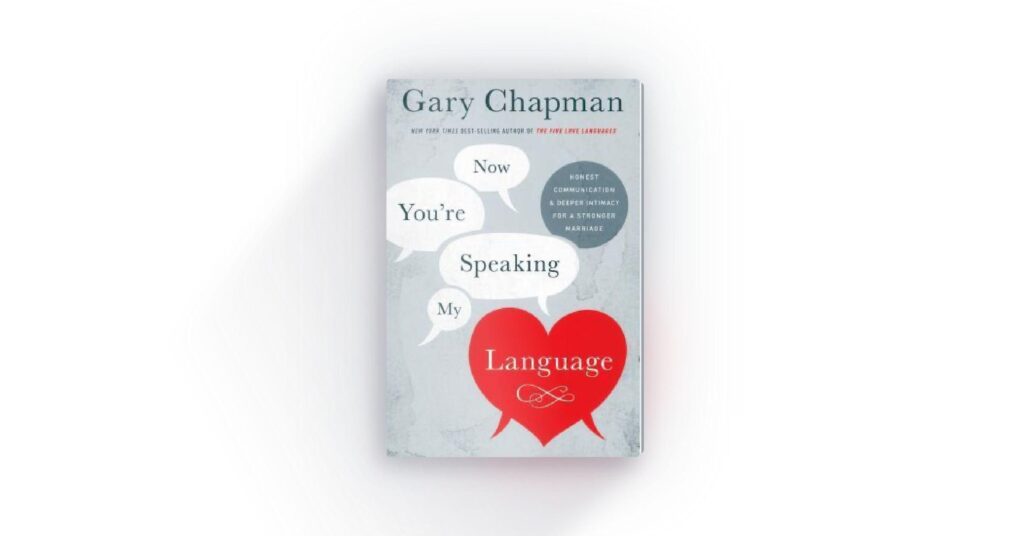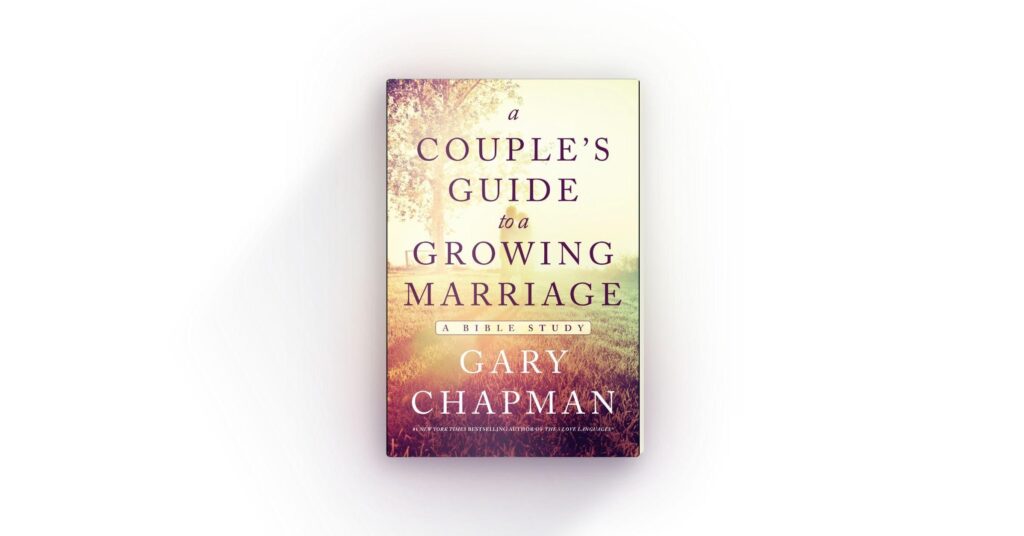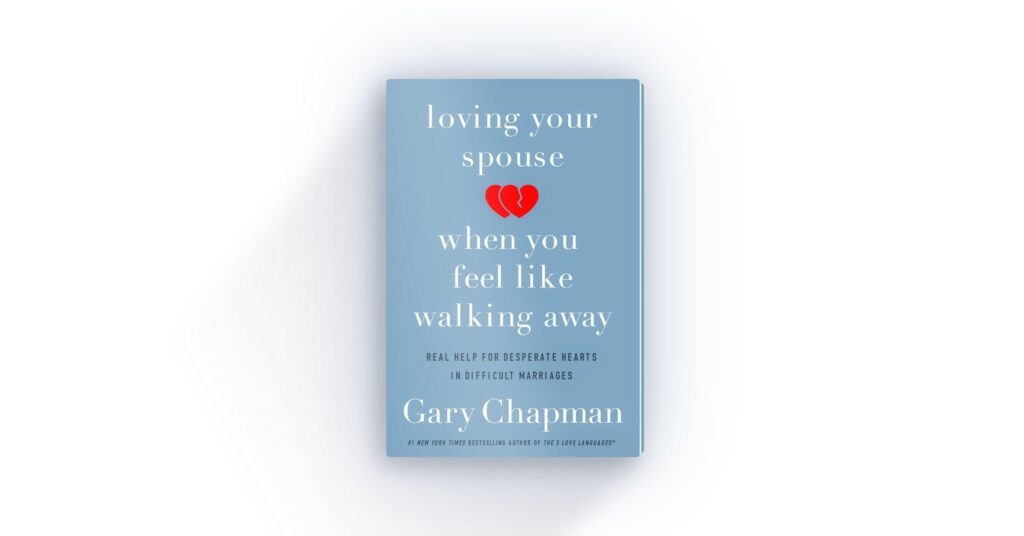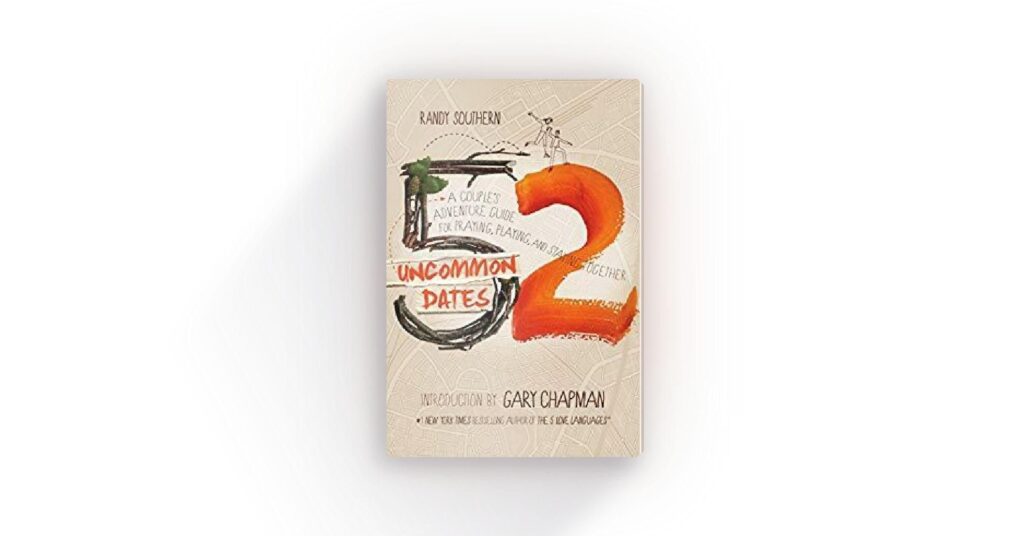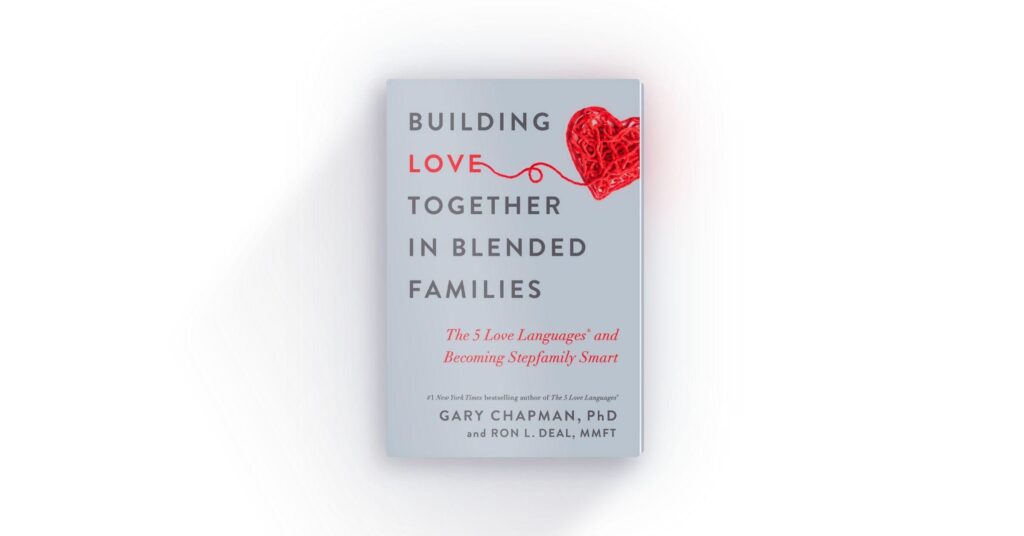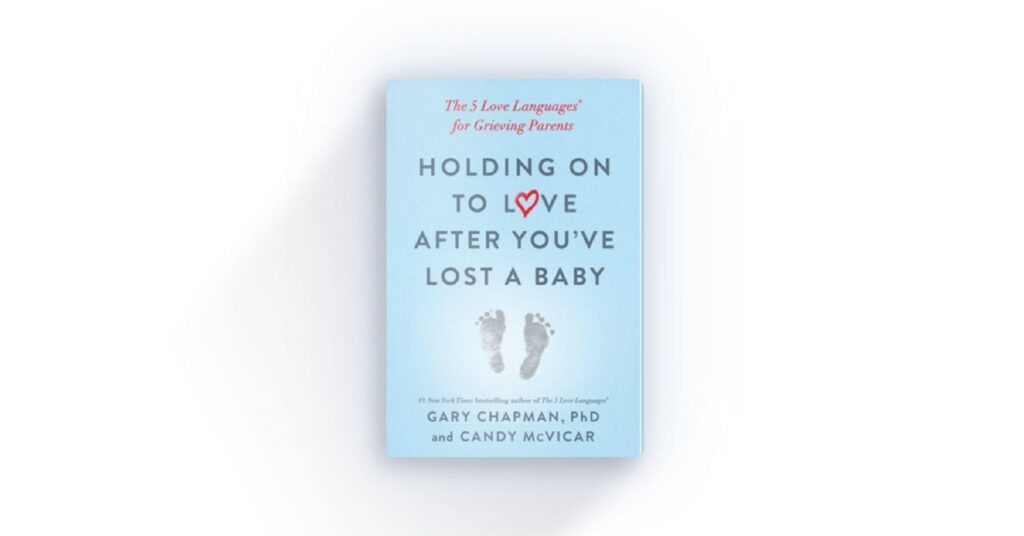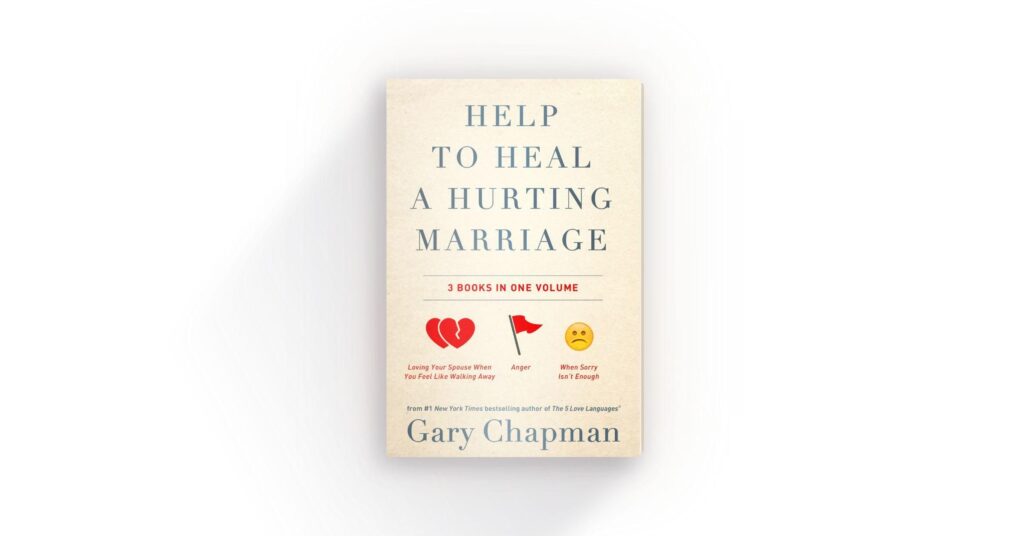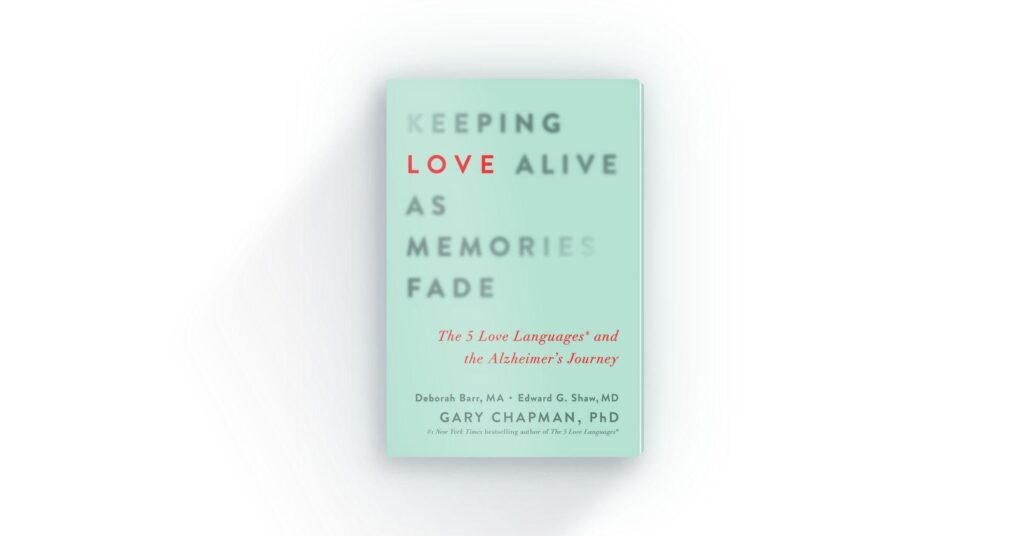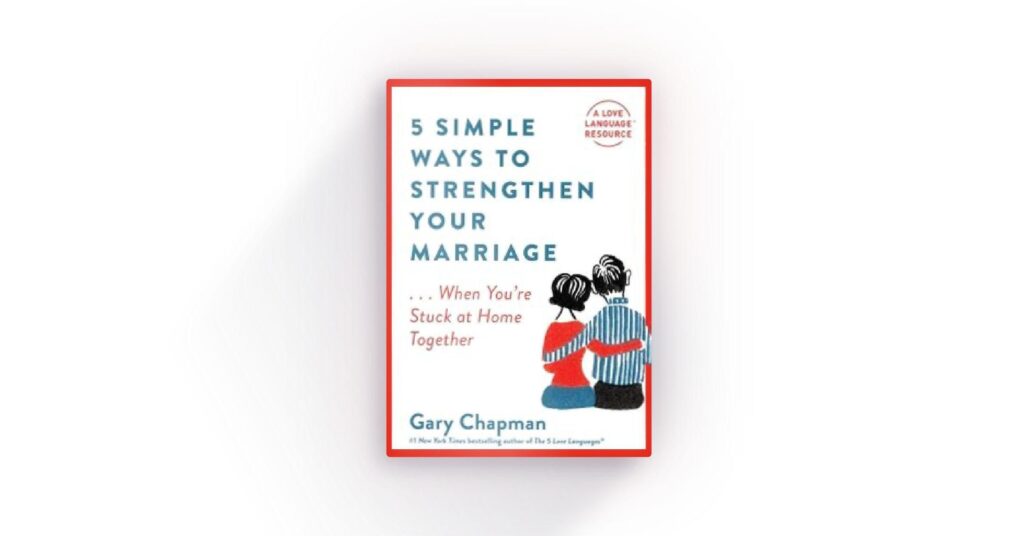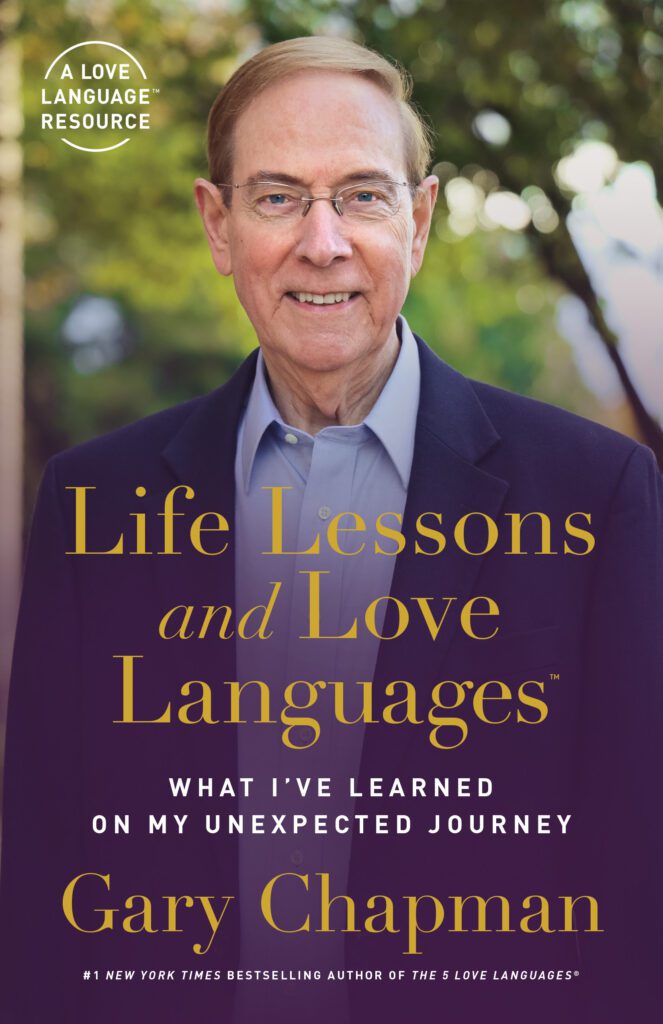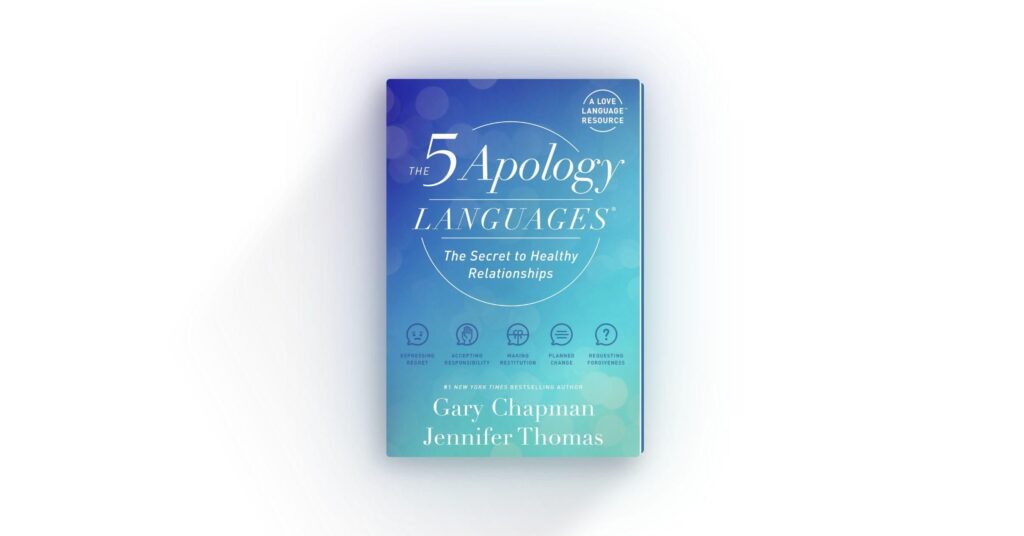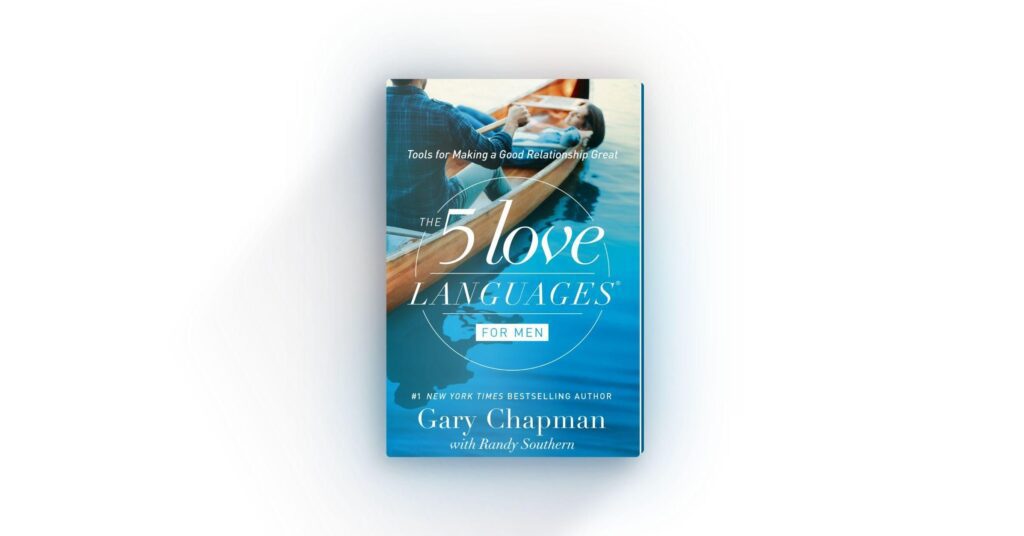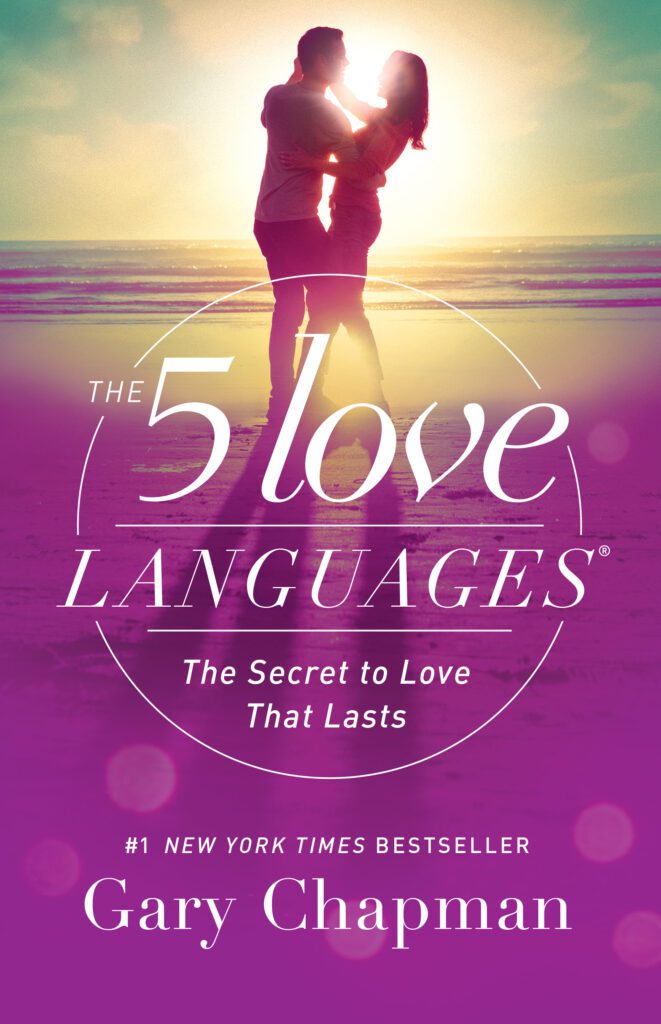“I will never forget the first time I encountered the reality that what makes one person feel loved doesn’t necessarily make another person feel loved,” he said. “It’s a common phenomenon. People were expressing love but missing each other.” In his recently published memoir, Life Lessons and Love Languages: What I’ve Learned on My Unexpected Journey, he shares the story of a couple he was counseling who had been married 30 years. They didn’t argue, they didn’t have money problems, but the wife was at her wit’s end because she didn’t feel loved by her husband. The husband didn’t understand her feelings, because he was showing he loved her by busily mowing the lawn, washing the dishes, and starting dinner. What she wanted was for him to sit and talk with her. “He was a hard-working man, but he was missing her,” Dr. Chapman said. Anyone who has ever read The 5 Love Languages is probably thinking, “Ah-ha! He’s showing her love by performing acts of service, but she wants him to love her by spending quality time with her!” But in the early 1980s, these concepts and their distinctive categories were a breakthrough.
Dr. Chapman started taking notice every time someone in his counseling practice said they felt like their spouse didn’t love them. What did they want? What was missing? The answers fell into five categories he named languages (perhaps in a nod to his background in anthropology.) He began teaching people if they wanted their spouse to feel loved, they must learn the other’s love languages. He used the concept in counseling and as he taught marriage classes. Most said the technique changed their marriage. (Including his own. Dr. Chapman transparently recounts his own marital struggles in the early years.) After 10 years counseling couples and 20 years of marriage, Dr. Chapman put the love languages into a book to reach more couples than he’d ever be able to see in his office. “God uses books to touch hearts and change lives,” he said. Although he’d been publishing since 1979, The 5 Love Languages took off and continues to multiply.
Interested in deciphering your love language? You can access a free quiz at 5lovelanguages.com. (A print version can also be found in the back of the book). More than 100 million people have taken the quiz in the 12 years it has been available online.
“When people hear about the concept, they are willing to go to the website and take the quiz,” Dr. Chapman said. “This demonstrates the deep hunger people have to learn how to communicate love to anyone with whom they have a significant relationship.”
The love language principle applies in all human relationships: family, friendships, work, children, teens, military. Often, Dr. Chapman has teamed up with another expert who provides the research and background to link the love languages to a particular specialty audience. His second love languages book, written with Christian psychiatrist Ross Campbell, addressed children. A book for teens developed when they realized what worked with kids wasn’t working with teenagers. Did they switch love languages? “I don’t think love languages change, but they need to learn new dialects,” Dr. Chapman said. “You need to learn more adult dialects of your child’s primary love language as they become a teen.”







